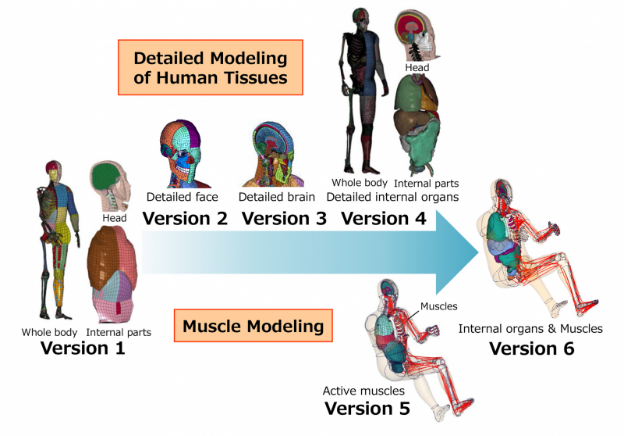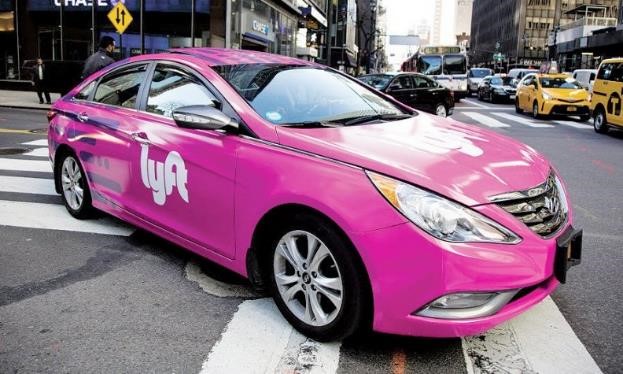- Silver
- สมาชิกระดับ Silver
- ฟรี
- สามารถเข้าถึงข้อมูลข่าวสารขั้นพื้นฐานได้
- ข้อมูลผู้ประกอบการต่างประเทศ
- ข้อมูลสถิติในประเทศและต่างประเทศ
- มาตรการทางการค้าระหว่างประเทศ
- กฎ ระเบียบ นโยบายในประเทศ
- เทคโนโลยี และงานวิจัย
- สมัครสมาชิก
โตโยต้า เปิดซอฟต์แวร์ THUMS เทคโนโลยีจำลองร่างกายมนุษย์แบบเสมือนจริงให้ใช้ได้ฟรี
- รายละเอียด
- หมวด: ความเคลื่อนไหวในอุตสาหกรรม
- อ่าน: 1553 ครั้ง
Ford พัฒนา Intelligent Range Technology เทคโนโลยีสำหรับประเมินระยะทาง
- รายละเอียด
- หมวด: ความเคลื่อนไหวในอุตสาหกรรม
- อ่าน: 1567 ครั้ง
Lyft บริษัท ride-hailing สัญชาติอเมริกา สัญญาว่ารถยนต์ที่ให้บริการ Ride-hailing
- รายละเอียด
- หมวด: ความเคลื่อนไหวในอุตสาหกรรม
- อ่าน: 1580 ครั้ง




